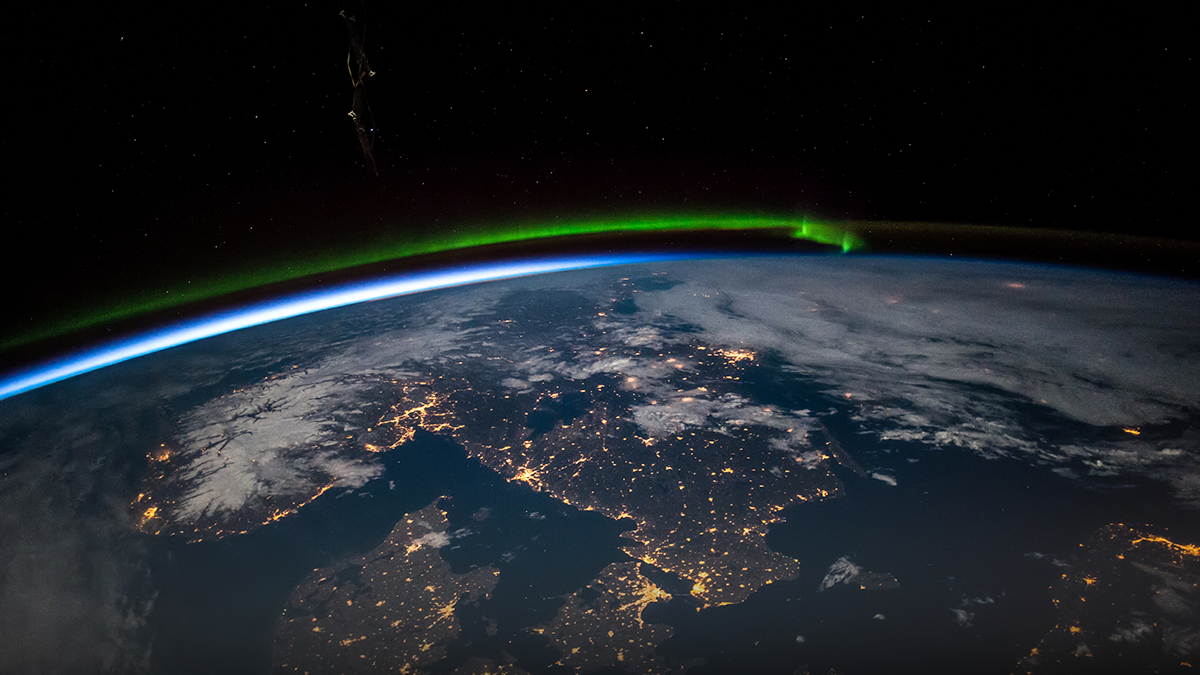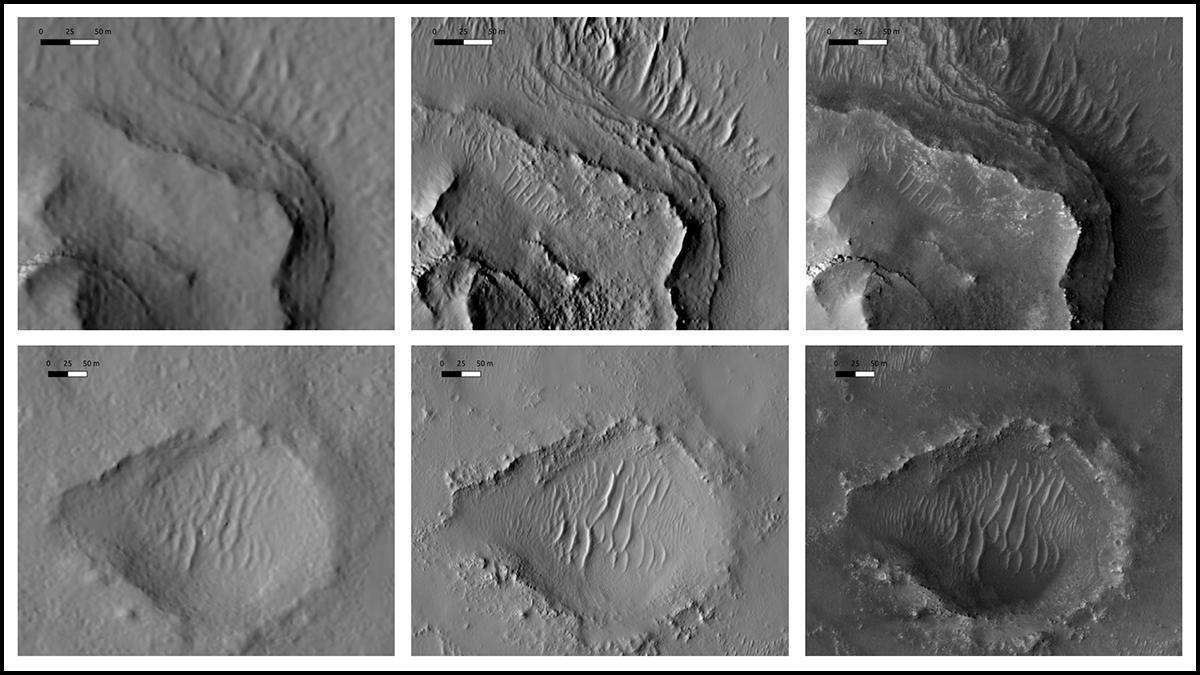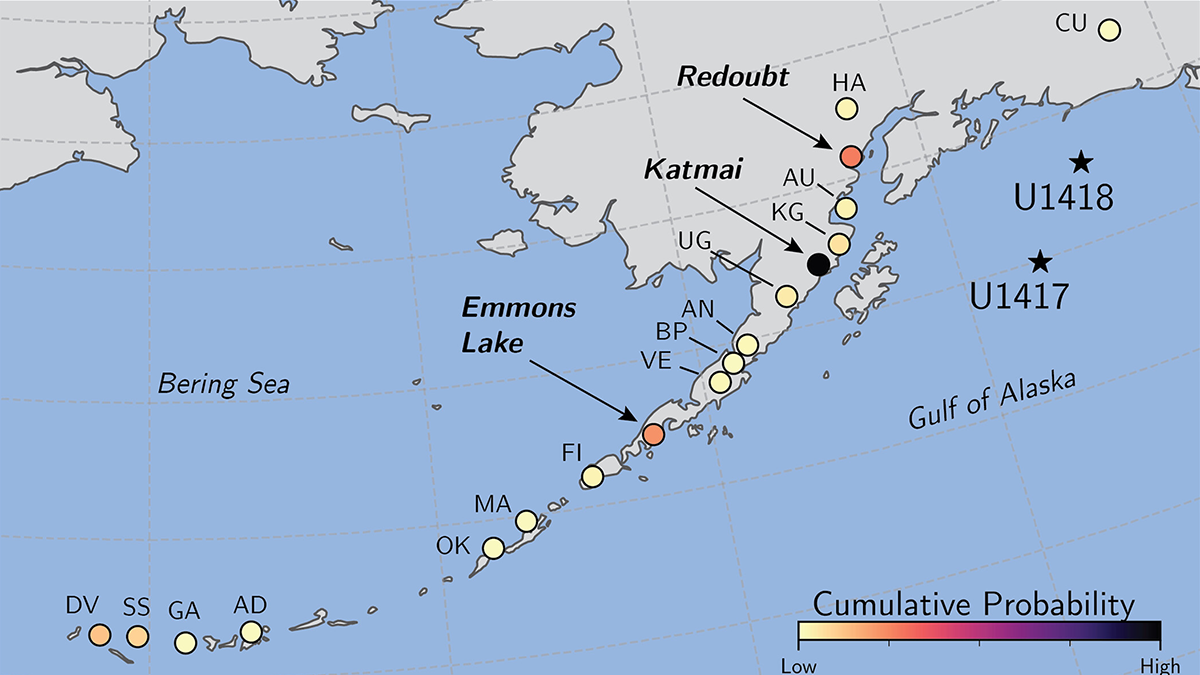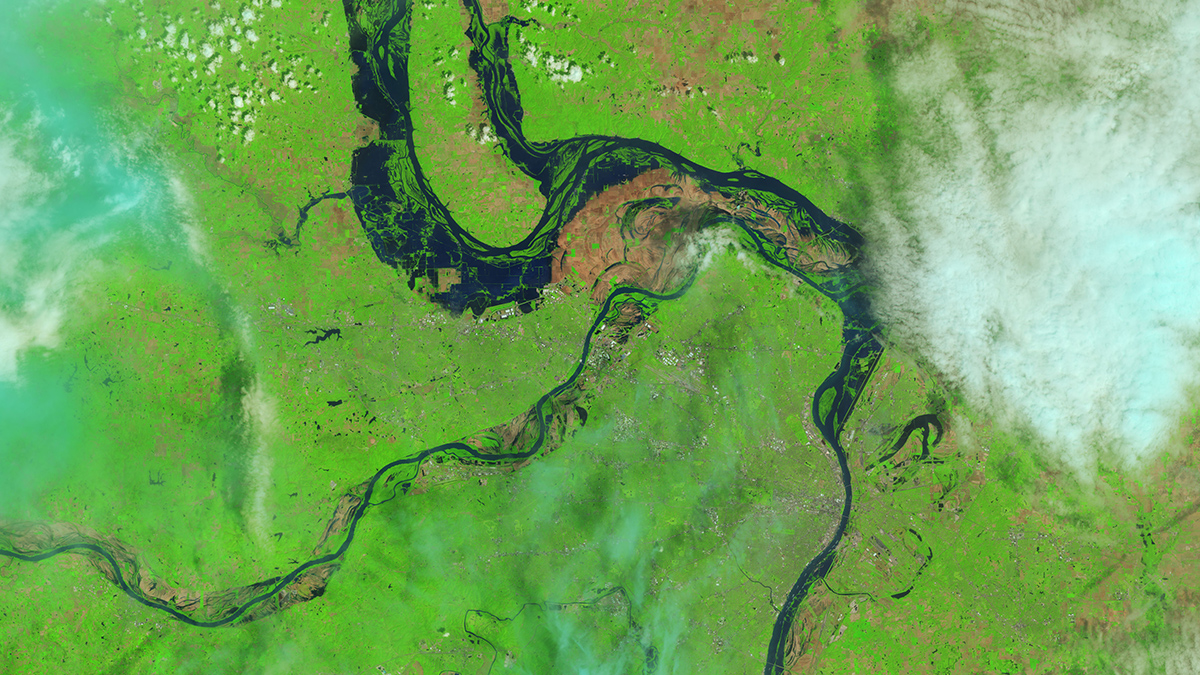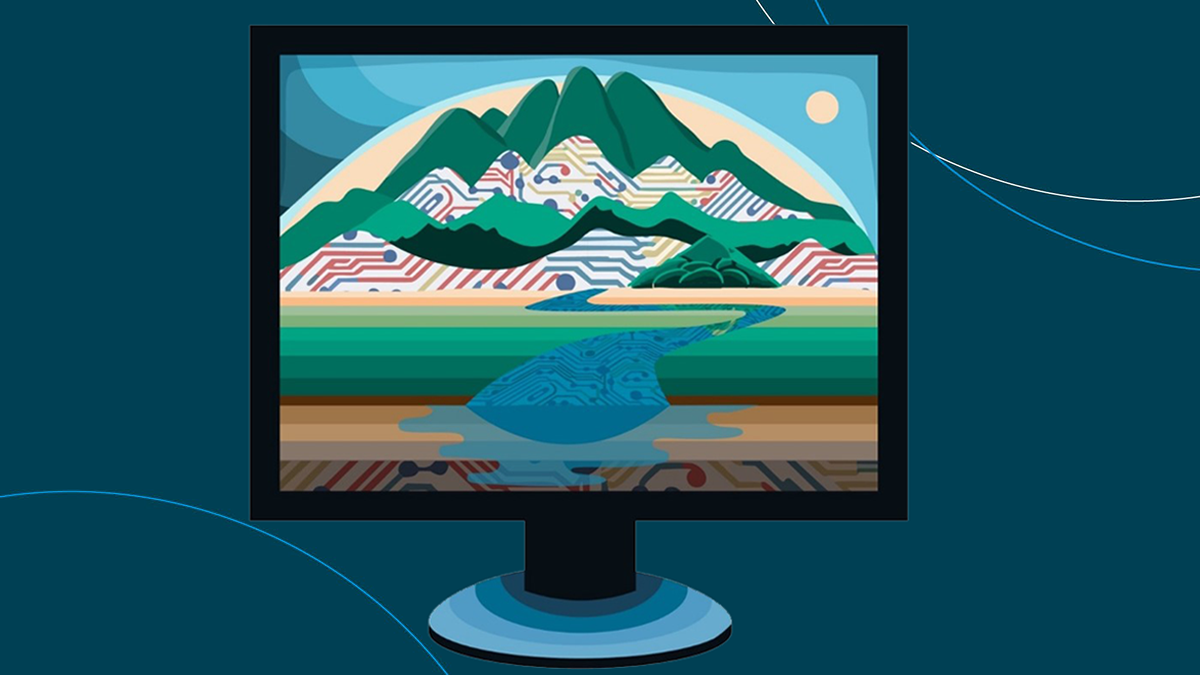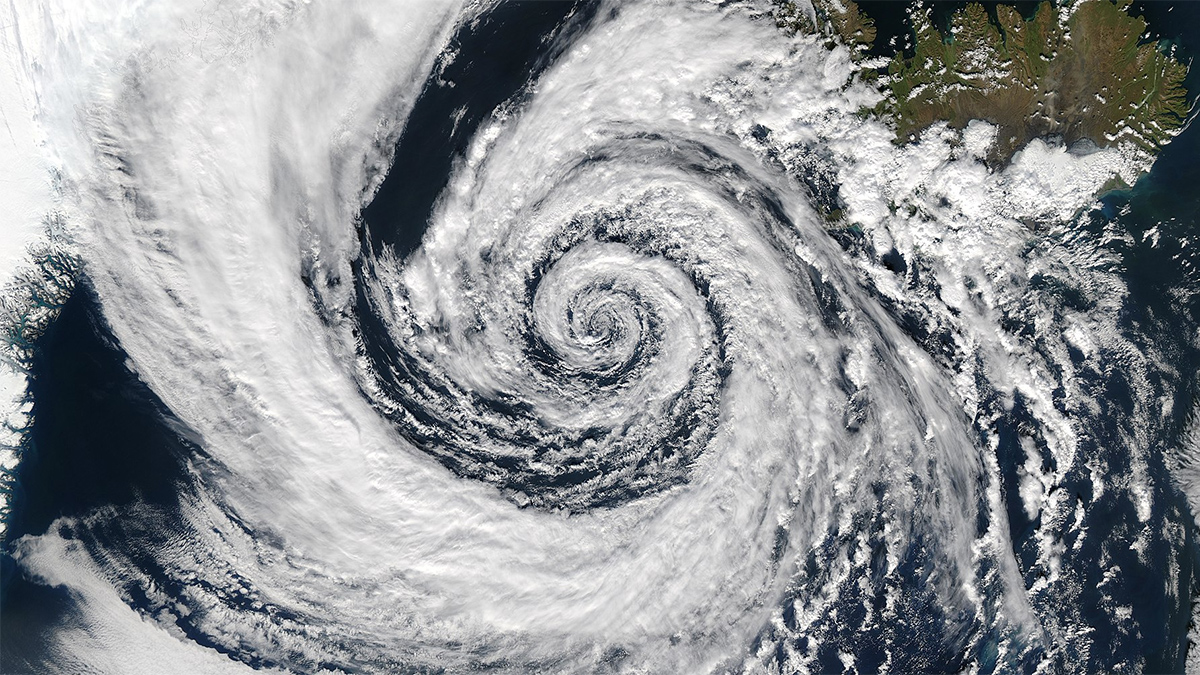研究人员使用新技术更精确地估计了火星上的地面高度,为火星车着陆制作了更高分辨率的地图。
machine learning & AI
JGR: Machine Learning and Computation is Open for Submissions
The founding Editor-in-Chief discusses how AGU’s newest journal will capture critical advancements of the techniques moving scientific discovery forward.
Mapping Mars: Deep Learning Could Help Identify Jezero Crater Landing Site
Researchers used new techniques to more precisely estimate ground elevations on Mars, producing a refined resolution map for rover landings.
Machine Learning Identifies Source Volcanoes of Ash Deposits
Tracing ash layers from explosive eruptions back to their source volcanoes is needed to evaluate hazards to population and aviation, a problem addressed by a new machine learning classification method.
Rivers Are Warming Up and Losing Oxygen
Researchers used deep learning to fill in the gaps of “patchy” water quality data, revealing decades-long trends toward warmer and less oxygenated rivers that could have worrisome consequences.
Advancing AI and Machine Learning Beyond Predictive Capabilities
A new cross-journal special collection invites contributions that unlock the next frontier in hydrology and Earth sciences through artificial intelligence and machine learning.
AI Meets Its Match: The Butterfly Effect
Artificial intelligence algorithms fail to account for a key limitation in weather prediction.
Machine Learning Highlights Ways to Improve Flood Mitigation
New research shows that home flood insurance coverage is often a reactive purchase in response to flooding, while top-down policies that focus on community resilience may offer more robust protection.
Machine Learning Provides a Clearer Window into Ocean Motion
A new method could translate satellite information about sea surface heights into insights on current, heat flow, and—ultimately—climate change.


